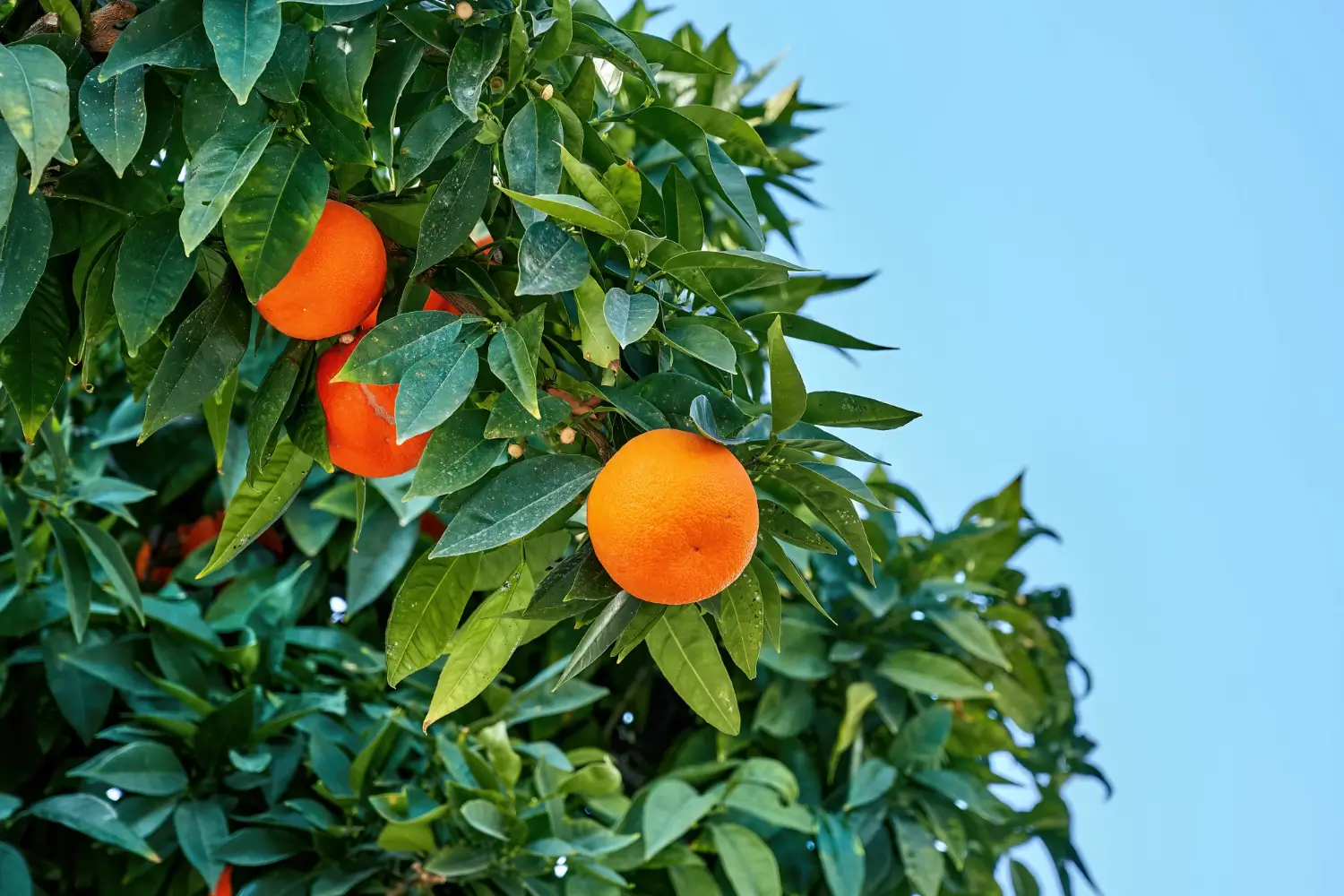
Soil Health & Fertilization
We unite suppliers and green industry professionals worldwide
Watermelon (Citrullus lanatus) is one of the most iconic fruits of summer—juicy, sweet, and endlessly refreshing. With its sprawling vines, vibrant green rinds, and brilliant red (or yellow, or orange!) flesh, this annual vine makes a bold and delicious s
By Mariam Scott
|Published on June 24, 2025
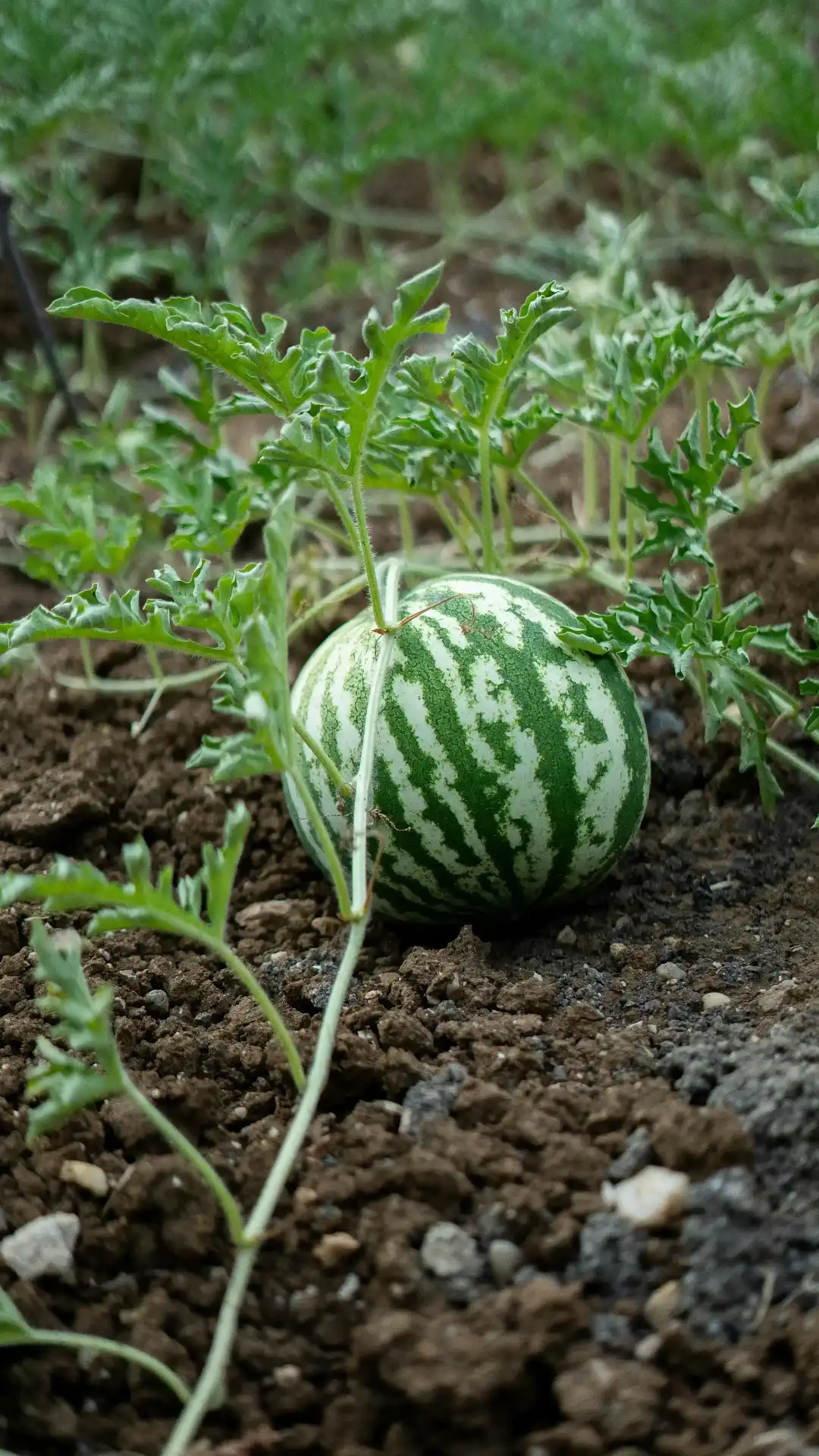

“Did you know watermelon is over 5,000 years old and was once placed in Egyptian tombs as a source of nourishment for the afterlife?”
Watermelon (Citrullus lanatus) is one of the most iconic fruits of summer—juicy, sweet, and endlessly refreshing. Watermelons are native to Africa where they have been growing for thousands of years and are now cultivated in more than 100 countries. With its sprawling vines, vibrant green rinds, and brilliant red (or yellow, or orange!) flesh, this annual vine makes a bold and delicious statement in any warm-season garden.
Watermelon is not only fun to eat — it’s also fun to grow. Whether you are seeking picnic-size mini melons or huge heirloom giants, this fast-growing plant repays you with sweet rewards, sunny vibes and a direct connection to global food history.
| Common Name | Watermelon |
| Botanical Name | Citrullus lanatus |
| Type | Annual vine, fruiting |
| Height/Spread | Height/Spread: |
| Light Needs | Full sun |
| Soil | Fertile, well-drained, sandy loam |
| Watering | High, especially when fruiting |
| Hardiness Zones | Grown as an annual in all zones of the USDA. |
| Days to Harvest | 70–95 days from transplant |

September 25, 2025
9 minute read
September 24, 2025
9 minute read
September 23, 2025
10 minute read
September 22, 2025
9 minute read


Join as a seller and connect with thousands of B2B buyers nationwide!
Sign Up
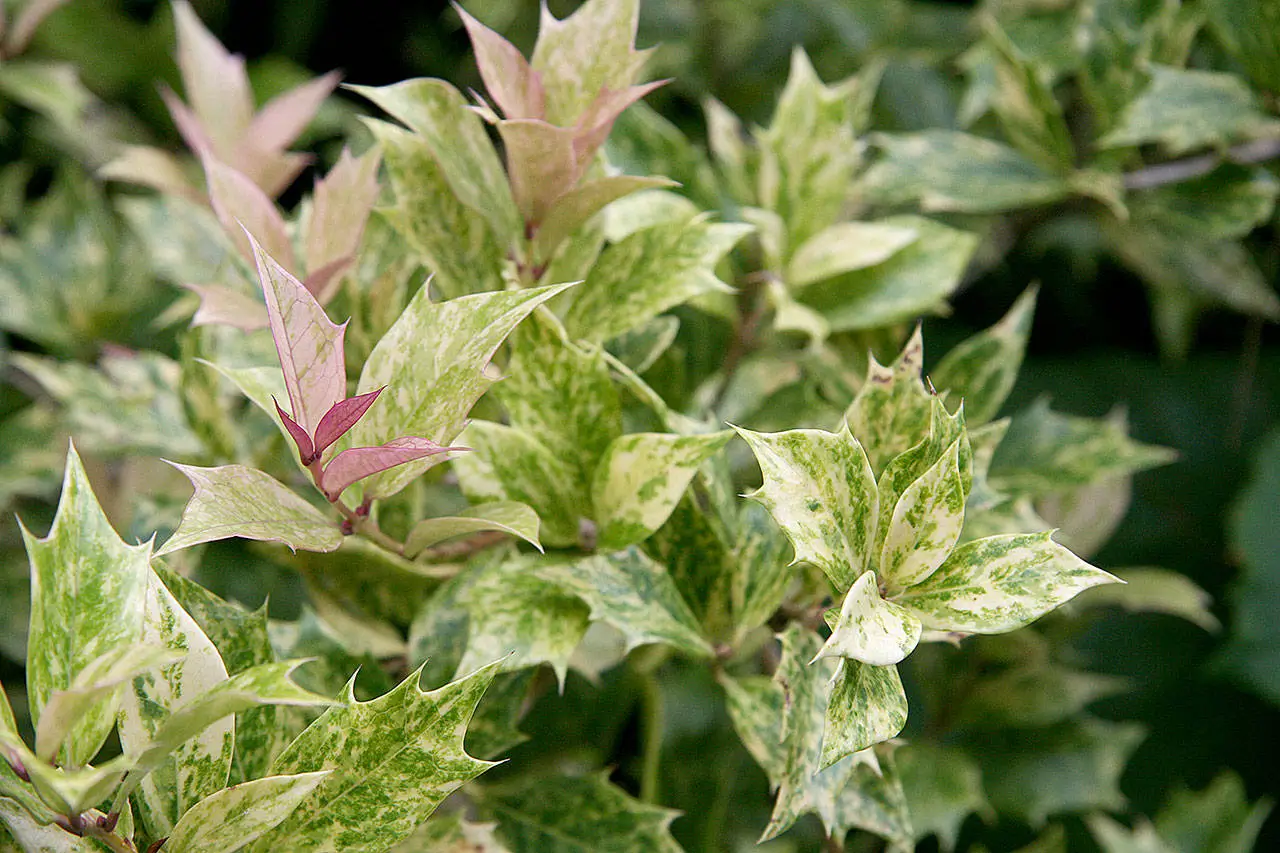
False Holly
Want to add a bold evergreen shrub to your landscape or garden? The False Holly (Osmanthus heterophyllus) may be exactly that source for you.
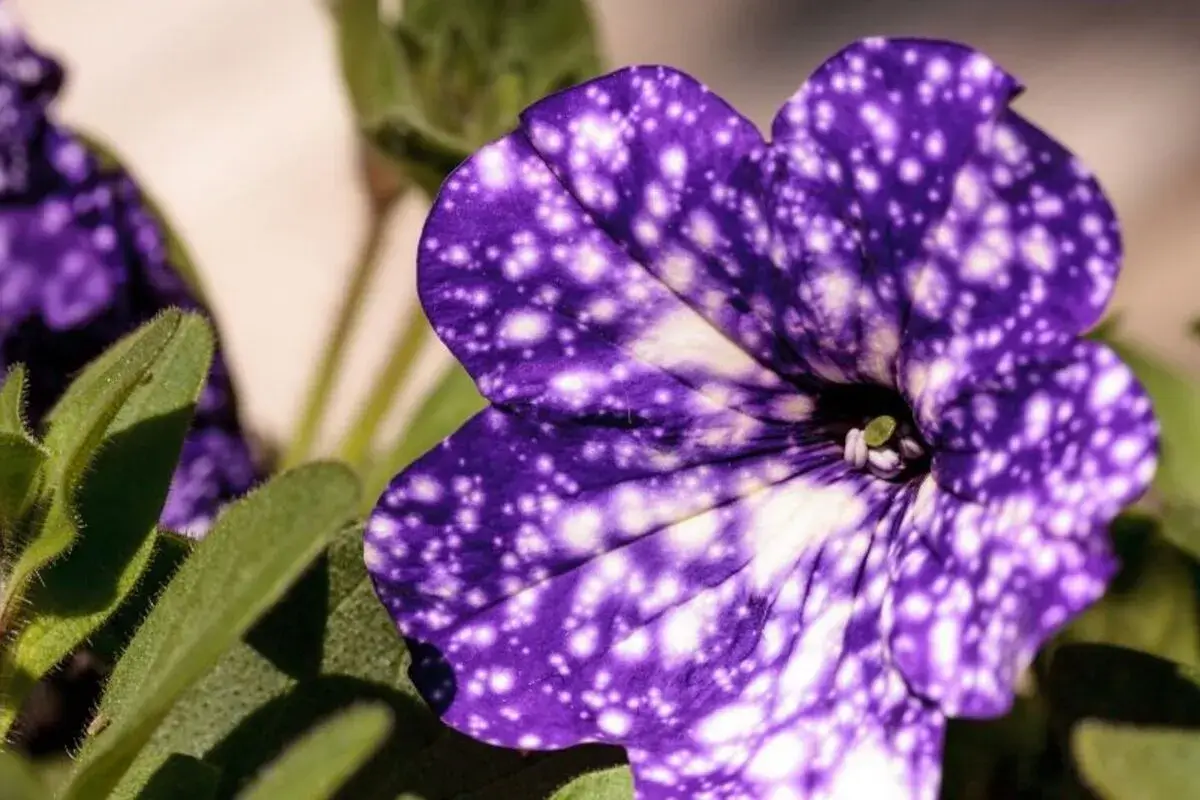
Galaxy Petunia
The Galaxys Petunia (Petunia hybrid) is a flower that seems to be painted with the universe itself.

Macadamia Nut Tree
The Macadamia Nut Tree (Macadamia integrifolia and Macadamia tetraphylla) is not only the source of delicious nuts — it’s also an eye-catching evergreen tree with glossy green foliage and cascading clusters of fragrant flowers.

Macho Fern
With its huge arching fronds and luxuriant green foliage, Macho Fern adds dramatic texture and volume as it grows.Whether nestled under trees or swaying from a hanging basket, it's the go-to plant for instant, low-effort jungle vibes.
Watermelon loves heat, sun and space. Start seeds indoors 2–4 weeks before your last frost date or sow directly once soil temps are above 70°F. Transplant seedlings after the danger of frost has passed, and provide plenty of room—vines can be used extensively in a garden.
Warm soil and control weeds with black plastic mulch or landscape fabric. Water deeply, especially after fruits set, and side-dress with compost or a balanced fertilizer during the growing season.
Pollination is key, so plant flowers nearby to attract bees and other pollinators. If growing in cooler regions, choose early-maturing or bush varieties to maximize your short season.
Watermelons are sun-lovers through and through. Select a planting location with 8 hours of direct sun per day. More sun means sweeter fruit, so give your vines as much light as possible.
They do well in loose, sandy loam soil which is rich in organic matter and well drained. Ideal soil pH is between 6.0 and 6.8. Work in aged compost or well-rotted manure prior to planting to increase soil fertility. Keep it out of heavy clay soils that hold too much water and slow root growth.
Watermelons require plenty of water, particularly when flowering and when fruits are developing. The goal should be watering deeply, 1–2 times per week, and then letting the top few inches of soil dry out in between waterings.
To minimize mildew, avoid overhead watering; a soaker hose or drip system is ideal. Reduce watering slightly once the fruit starts to ripen to concentrate sweetness.
Trimming watermelon plants can help manage space and boost fruit quality. Here's how to do it:
Watermelon is most commonly grown from seed:
Most commercial varieties do not propagate true from cuttings or store-bought fruit, so stick to seeds from reputable sources for best results.
With proper care, you can really grow small watermelon varieties in containers:
Melons grown in pots may be smaller, but equally delicious and rewarding to grow.
As a true warm-season annual, watermelon does not overwinter. It completes its life cycle in a single growing season and must be replanted each year. In cooler climates, begin seeds indoors and use season extenders like row covers or cloches early in the season to jumpstart growth.
About 4–6 weeks after planting, watermelon plants develop yellow, trumpet-shaped flowers. These are divided into male and female flowers on the same plant. Male flowers come first and then are followed by female ones, which have a small ovary (future fruit) at the bottom. Pollination is required for fruit to develop, so healthy pollinator activity is essential during bloom.
Harvesting watermelon at the right time is key to enjoying the sweetest, juiciest fruit. Several visual and tactile signs can help you know when your melons are perfectly ripe and ready to pick. Paying attention to these cues ensures you get the best flavor and quality from your harvest.
Watermelon is a popular summer fruit, but pests and fungal issues can show up without good airflow and moisture control.
With proper planting and care, most problems can be prevented before they start.
Watermelon is more than a fruit, it’s a symbol of summer, celebration and community. With a bit of space, sunlight and patience, anyone can cultivate a juicy slice of history right at home. Whether you're harvesting tiny"Sugar Baby" melons from a patio container or growing bruiser "Crimson Sweet" or growing full-size heirlooms in the garden,watermelon brings vibrant life, color, and flavor to your warm-weather season.
And once you’ve grown your own, you'll never look at a grocery store melon the same way again.
Look for a creamy yellow spot where the melon sat on the ground, a dull (not shiny) rind, and a hollow sound when tapped.
Yes, smaller types can be trained up a sturdy trellis — just use slings to support developing fruits.
Seedless varieties require a pollinator variety planted nearby and tend to be more finicky, but they're very rewarding if done right.
It takes about 70–95 days from transplanting to harvest, depending on the variety.
The world record is a beastly 350.5 lbs, grown in 2013 in Tennessee!

Soil Health & Fertilization
Victor Miller
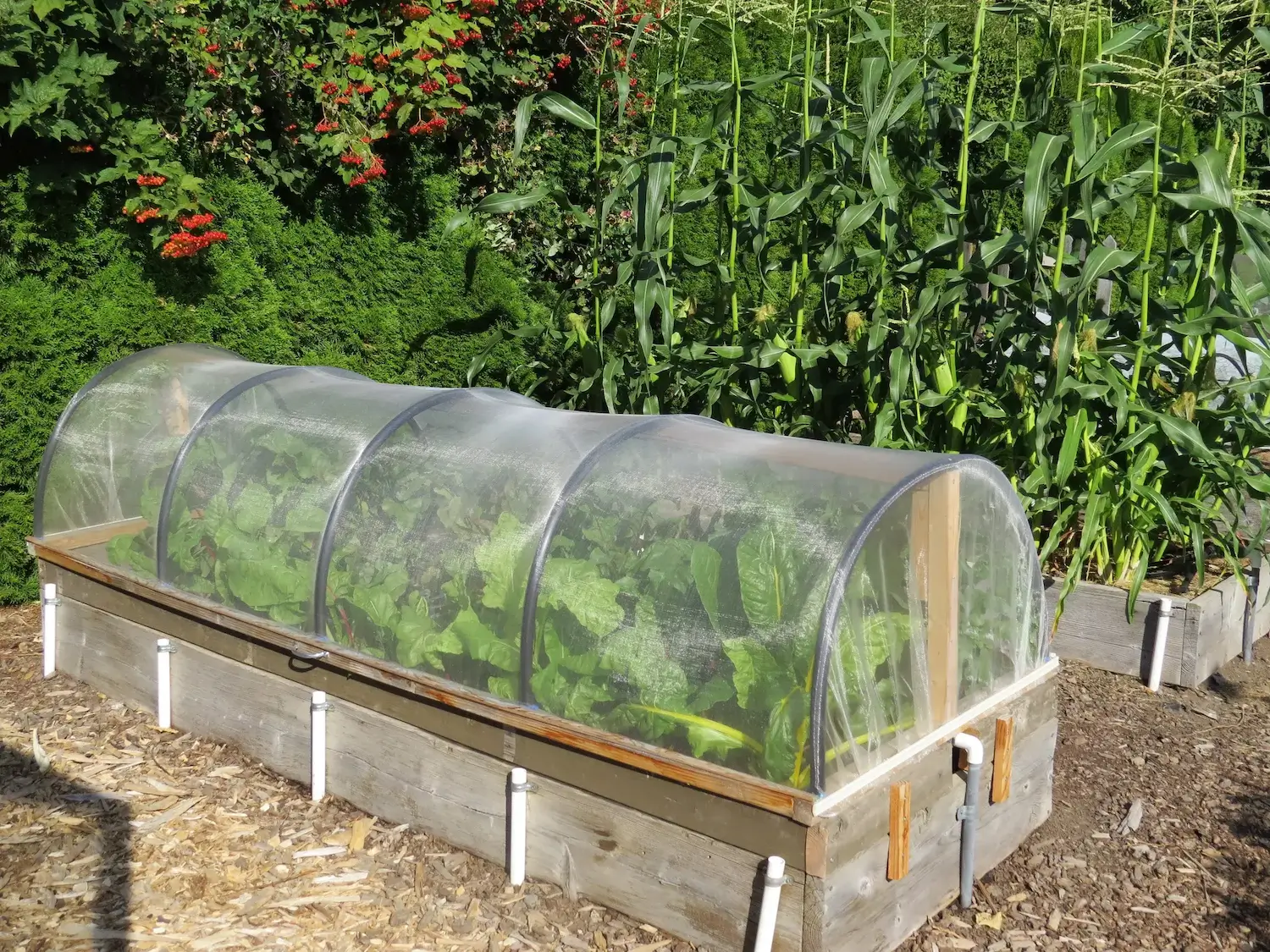
Pest Identification & Prevention
Victor Miller
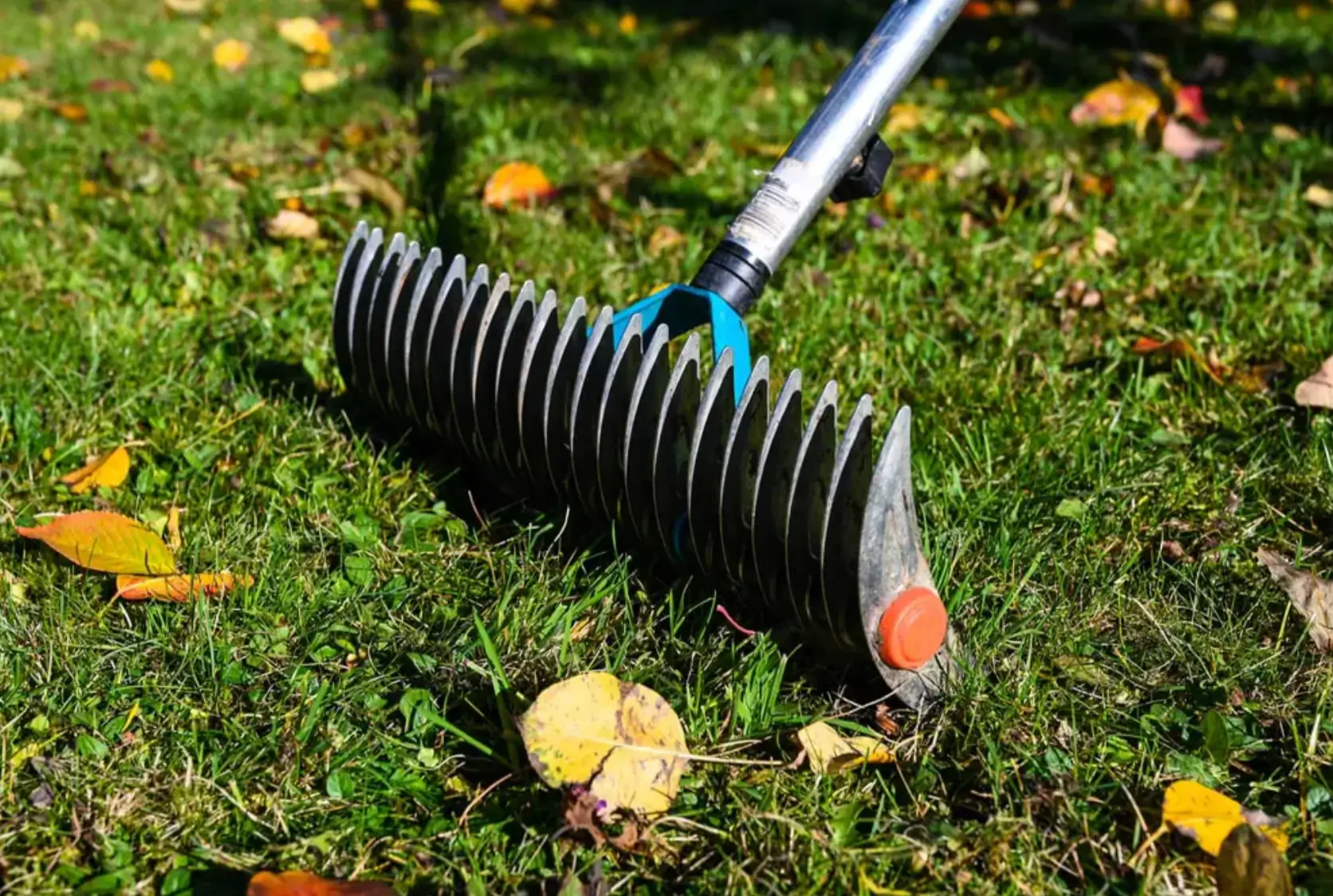
Lawn Care Tips & Maintenance
Victor Miller
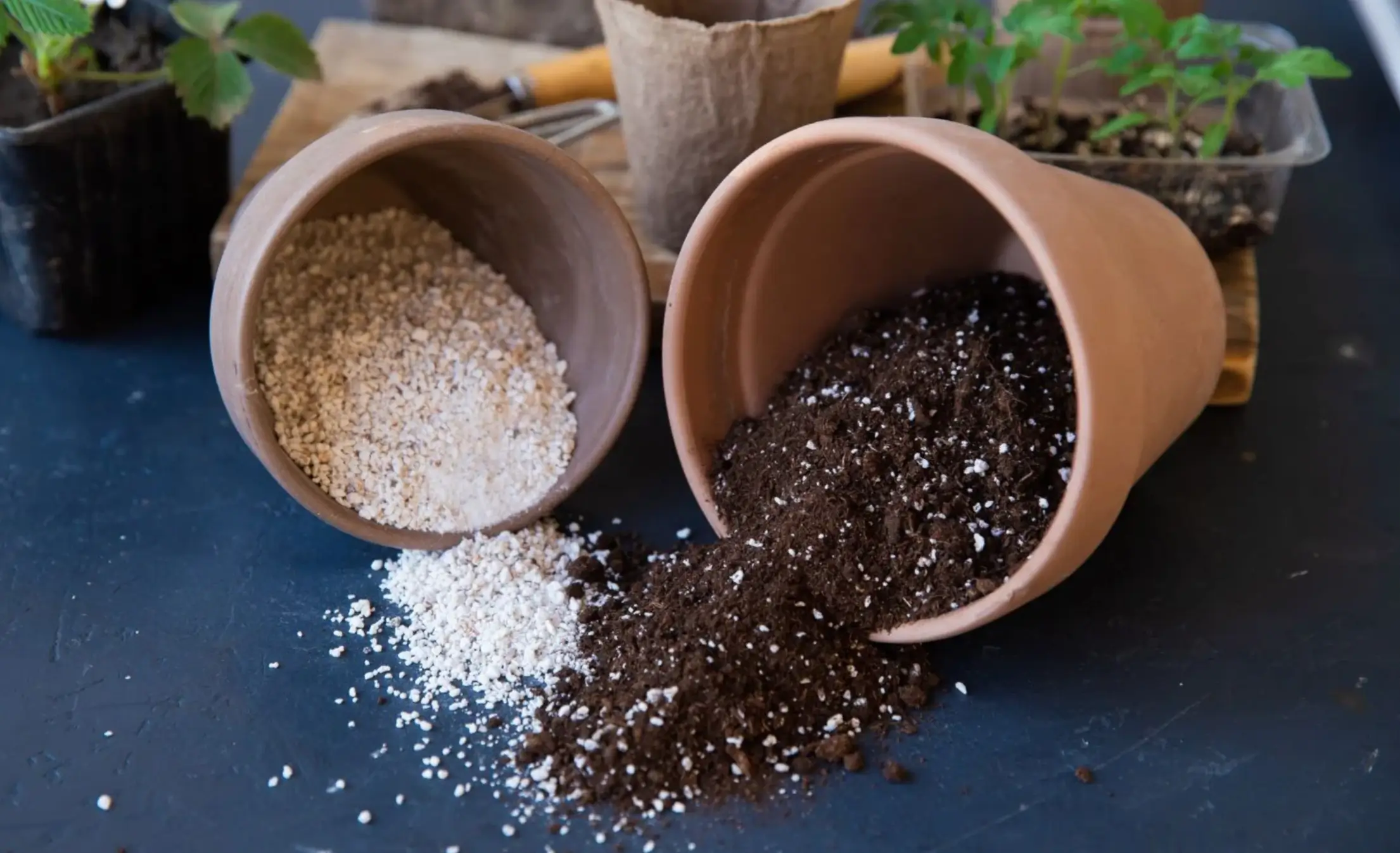
Soil Health & Fertilization
Victor Miller
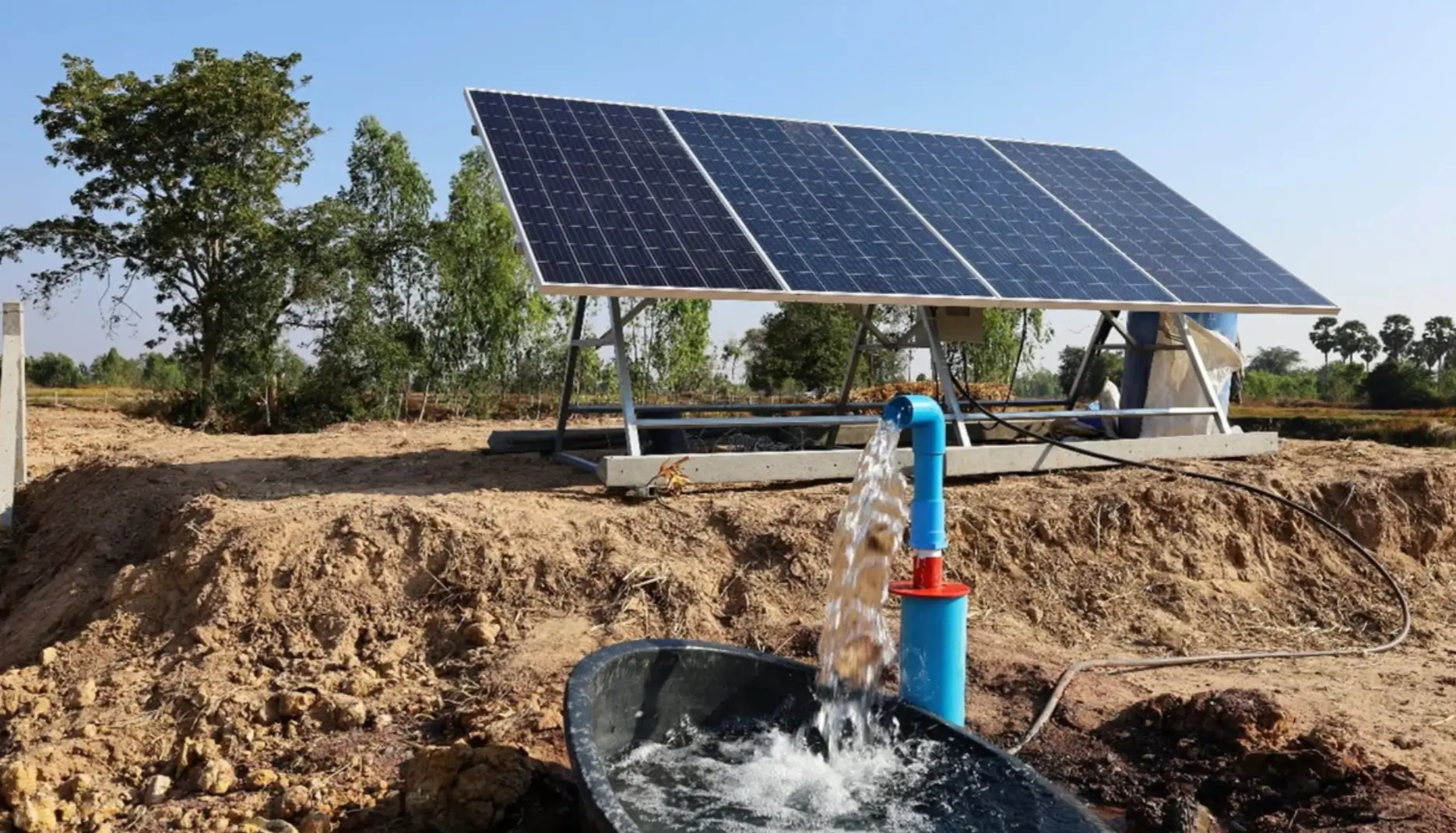
Smart Irrigation Systems
Victor Miller

Patios, Walkways & Driveways
Victor Miller
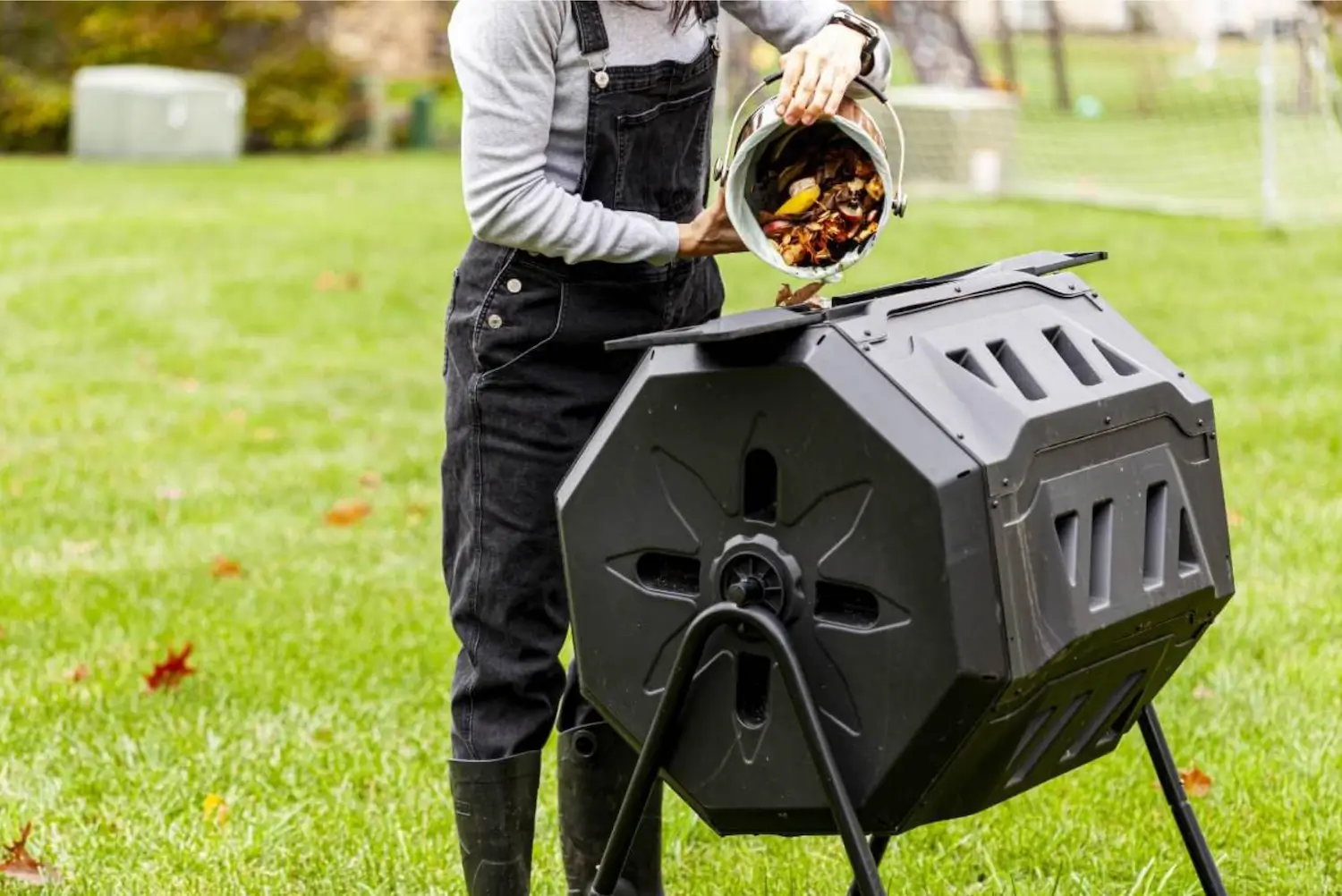
Soil Health & Fertilization
Victor Miller
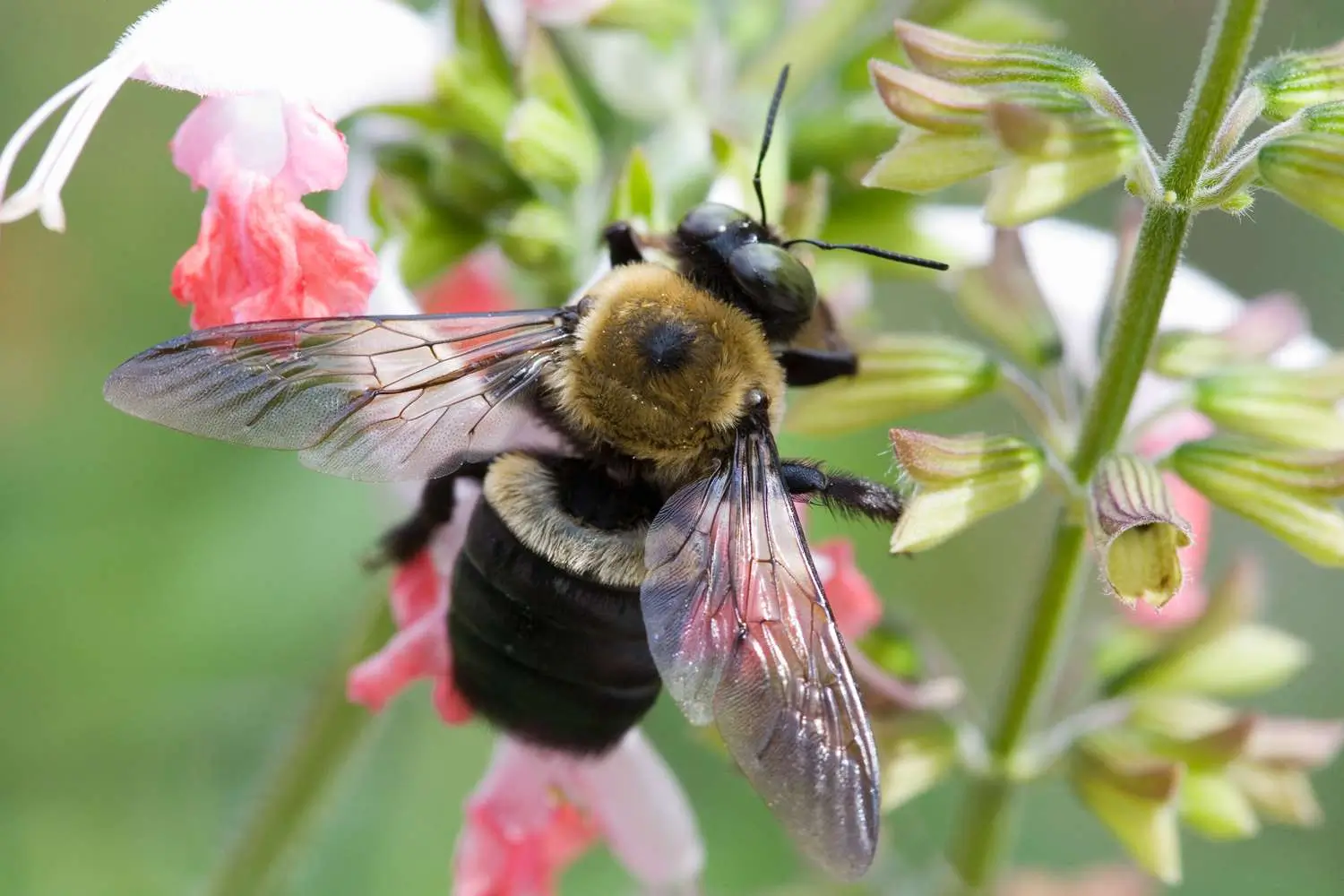
Pest Identification & Prevention
Victor Miller
My Account
Our team is always here to help.
We are open Monday - Friday, 9:00 AM to 4:30 PM PST.